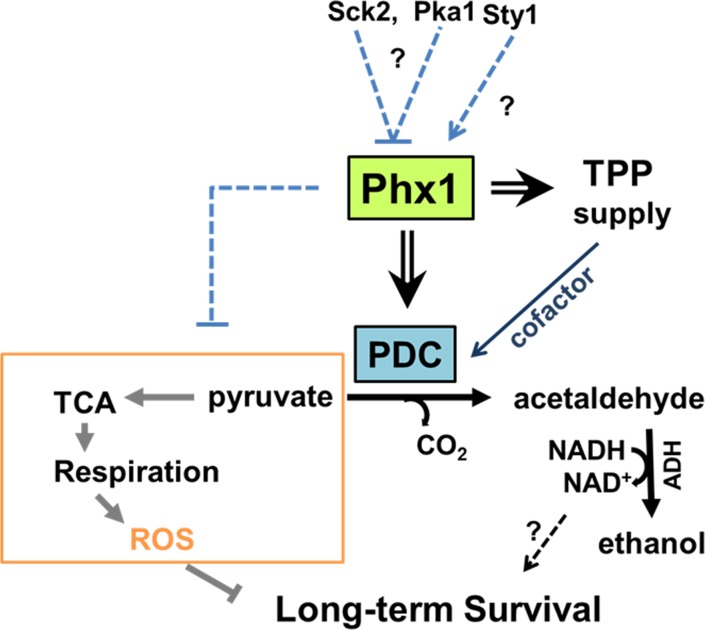Figure 6. Scheme for mechanism of Phx1 to prolong viability during stationary phase.
Phx1 increases the long-term (stationary) viability of S. pombe cells via increasing stationary phase-specific pyruvate decarboxylase activities (PDC) through increased synthesis of Pdc201 and Pdc202 proteins and TPP supply (synthesis and transport). Elevation of stationary phase-specific PDC decreases the amount of pyruvate available for TCA cycle and respiration, which generates ROS that inhibits long-term survival during the stationary phase. Overall effects of Phx1 on the respiratory pathway (orange block) are presented with a dashed line. Whether increased production of NAD+ during fermentation contributes to long-term survival is not certain. There is a possibility that Phx1 is regulated negatively by the nutrient-dependent Pka1 and Sck2 kinases, and positively by the stress-activated MAP kinase Sty1. Arrows and cross bars indicate activation and repression, respectively.

